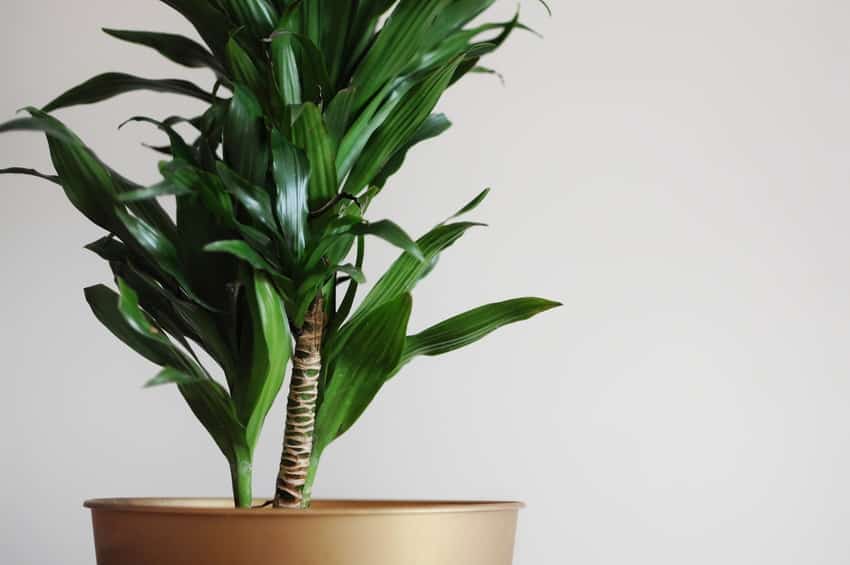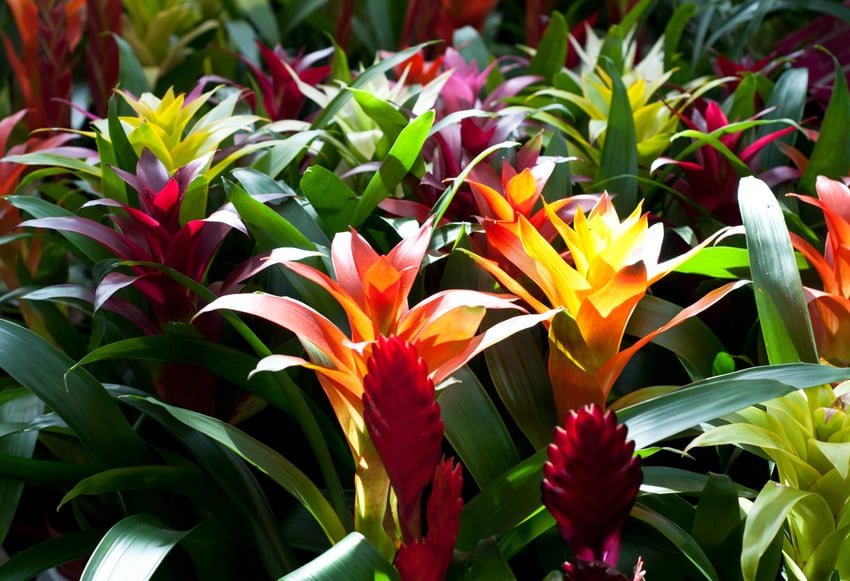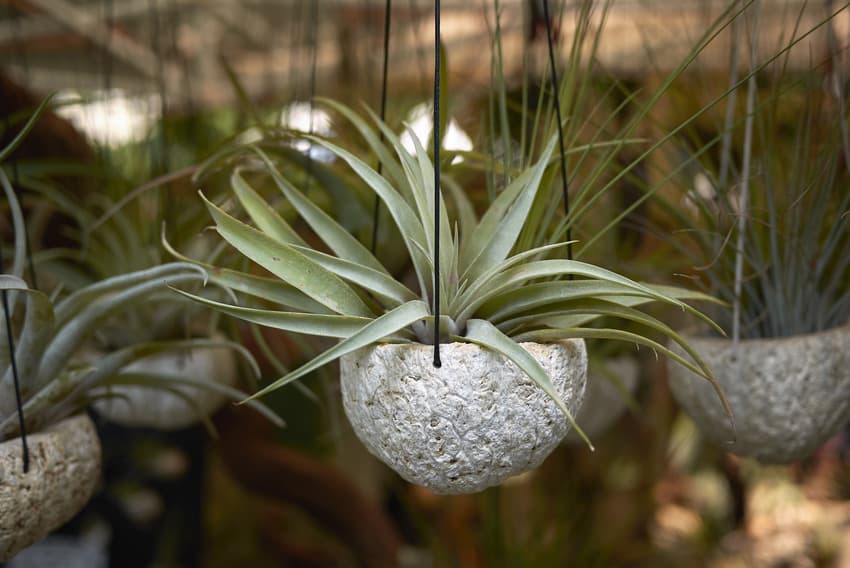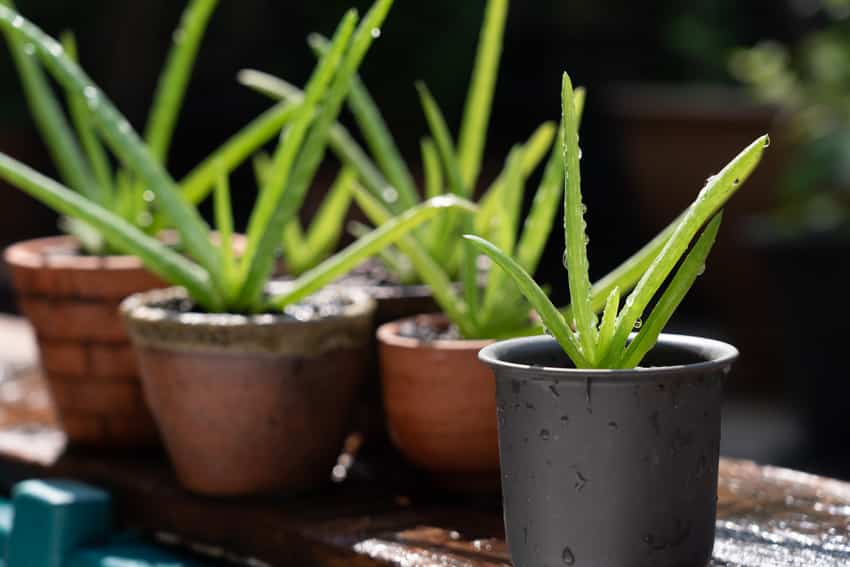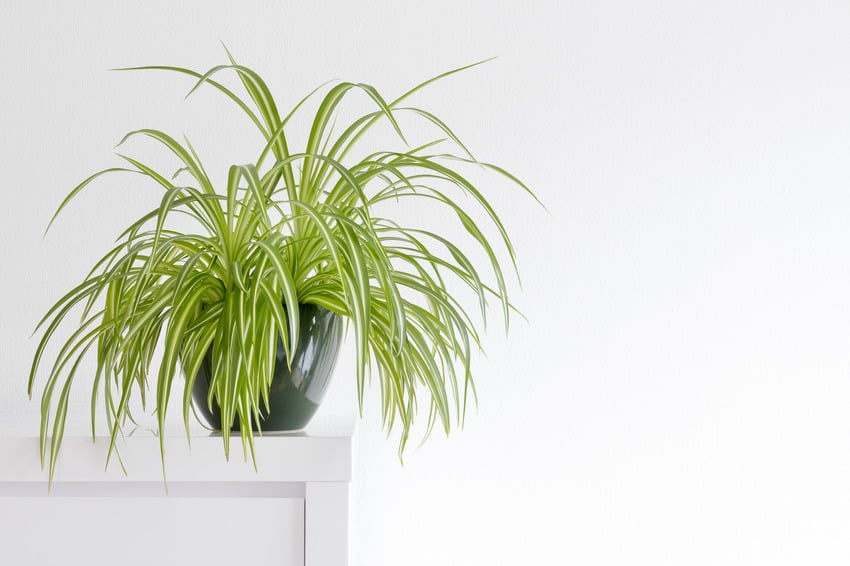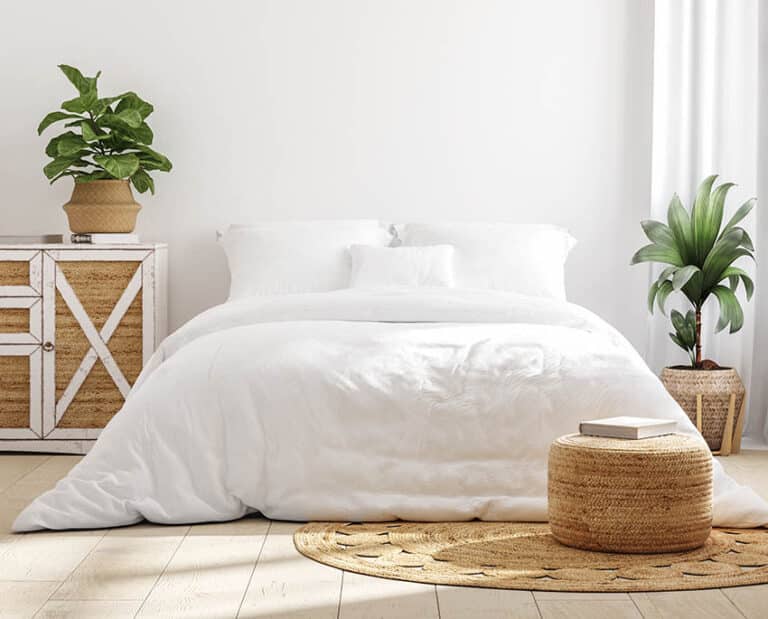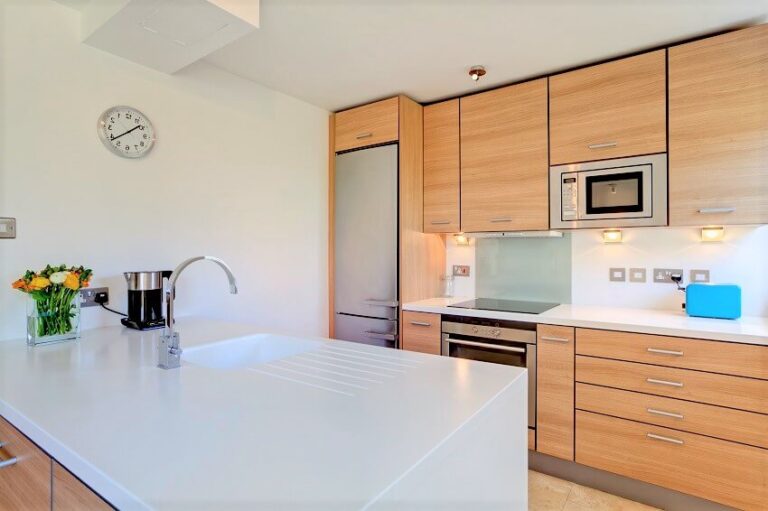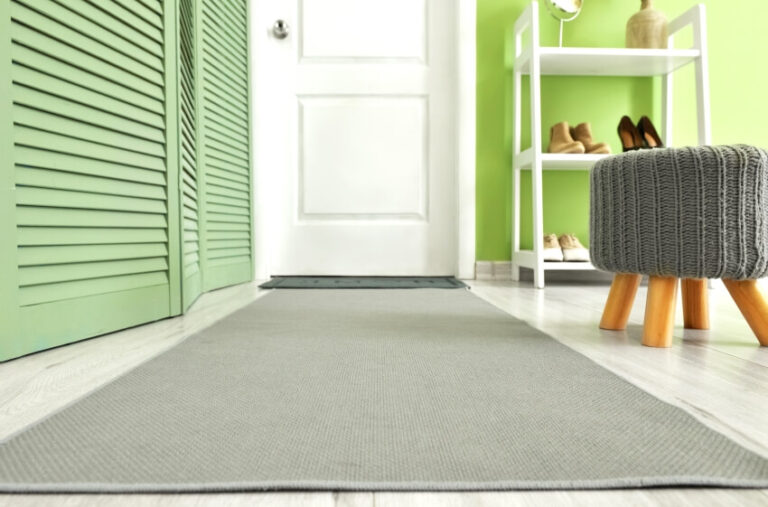7 Plants That Look Like Spider Plants
If you’ve had a lot of house plants, chances are you either have or have had a spider plant in your plant arsenal. They have that perfect tropical yet cozy appeal, the type that pulls a room together and makes it seem playful and inviting.
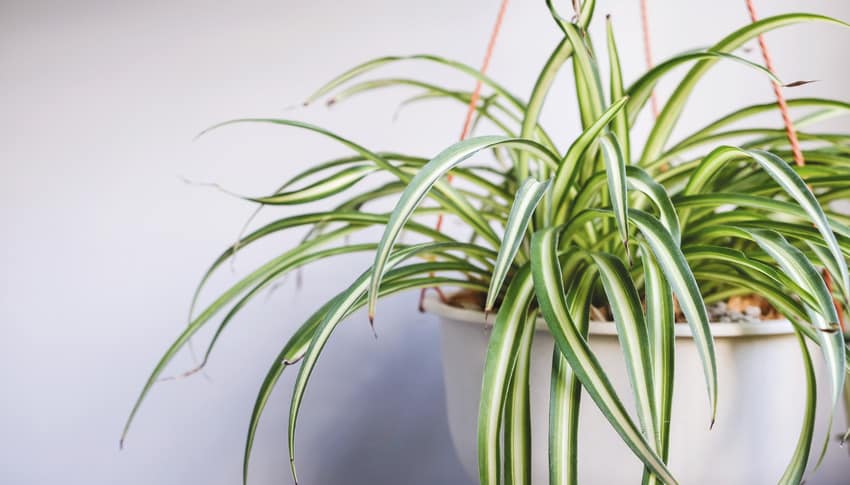
However, one can only stuff so many spider plants into a home before it gets to be redundant. As such, it’s good to mix it up a little, even if what you want is the same style. [toc]
What Plants Look Like Spider Plants?
If you’re going for that same spider plant vibe, several species fit the bill. You can try shooting for the spiky, flowy nature of spider plants, or you can go with a more organized leaf pattern.
Either way, the options are nearly limitless. Here are some of the closest options to supplement your love for spider plants:
Dracaena
Almost any of the species of dracaena available from your nearest big box store will happily thrive in a temperate house climate with adequate lighting.
They come in a wide array of colors, from red to emerald to nearly black. You can also find some of the patterns that resemble spider plants, such as striping and curling leaves.
Dracaena tend to prefer bright but not direct sunlight and moderate temperatures. Too hot will fry them, while too cold will make them wilt and drop leaves.
It’s a good idea to let the soil dry between watering, so that the roots will expand in search of water, creating a strong, healthy root system.
Ornamental Grasses
Home and garden stores have your back on these, carrying a full spectrum of shapes, colors, and sizes. You can find grasses that like lots of water, thrive on very little, or even stay very small, such as pygmy species.
Typically, ornamental grasses are very easy to care for, so keeping a planter in your home is rewarding and low-maintenance. Grasses generally require a dormancy period every year.
To give them some much-needed rest in the winter, simply allow the soil to dry most of the way, cover the planter in plastic, and place it in the garage above 30 degrees for a month every year when it gets to be coldest. Make sure that the soil never dries entirely.
Bromeliads
Though the look of bromeliads isn’t quite as quaint or dainty as a typical spider plant, the appeal is close. Drooping, spiky leaves surround the base of this plant, as bright and showy displays burst from the top of the cluster.
Bromeliads pop in any environment but specifically complement other plants with similar morphology.
Rather than water solely through the soil, bromeliads prefer that you water them in their self-grown pitchers (right in the middle of the top of the plant).
Pouring a little extra water in there will ensure that some do reach the soil without over-soaking it. However, make sure that the water level drops significantly before you replenish its supply.
Bromeliads are non-toxic to animals. See more house plants that are safe for cats here.
Petite Bromeliads
Though in the same genus as your typical, run-of-the-mill bromeliad, petite bromeliads offer the same physique as your beloved spider plants.
Queen’s Tears, for example, can mimic the appearance of spider plants, while offering gorgeous blooms once a year that flash in shades of pink, purple, red, and even blue.
Bright light lovers and circulating air snobs, petite bromeliads are a little more sensitive to their surroundings. They need their full-spectrum sunlight, as well as a breeze to ensure that no microbes begin to grow on their delicate fronds.
Water them the same way as standard bromeliads, but keep them rather moist to ensure that their crowns don’t dry out entirely. See more direct sunlight houseplants here.
Air Plants
Like miniature spider plants without pots or soil, air plants can have that same spiky, lush appeal. They’re not only incredibly easy to care for, but they also reproduce to give you even more air plant babies!
Pups will grow alongside the base of the mother plant and can be removed once they are 1/3 of the size of the mother plant. Moreover, there are species of air plants to match every room.
Some of us have a hard time keeping air plants alive. If you’re guilty of this, chances are you forgot to water it a few times too many.
Though easy to forget about in their surroundings, air plants actually do require water. The best way to deliver is to mist them daily until they are soaking wet, then allow them to air dry. Rinse and repeat daily. Read our guide to growing airplants on this page.
Snake Plant
Snake plants are the ultimate set-it-and-forget-it plant. If you find that your spider plant is a little needy for your efforts, snake plants can offer a similar aesthetic to spider plants as far as the lovely, spiky tips that flare up from the base of the plant.
They require very little water, light, or nutrition, and are typically sold in a wide variety of colors, sizes, and shapes.
Let’s face it, this is one of those plants that allows the extra forgetful to feel like they can keep something alive. But for the rest of us with green thumbs, they can be very rewarding.
Slow-growing yet rapid reproducers, snake plants divide almost as much as they actually grow—so long as you don’t soak them and provide ample light.
Aloe Vera
Aloe plants are a good way to deliver a gorgeous green rosette without worrying about watering needs nearly as much.
For an even more stunning pattern, try going for a species of Haworthia, a close cousin of the aloe plant. They often boast geometric patterns paired with pointed tips and lush green foliage.
Despite being a little less “bouncy” than a spider plant, the array of aloe leaves leads to that same spiky-tipped life. To keep them happy, simply water when the soil becomes fully dry.
Try to rotate them in the window as well, to prevent them from “leaning”, which really takes away from the cute succulent vibe.
Plant Lookalikes
Though it’s nearly impossible to have too many spider plants, these species can supplement your need for the striped, spotted, and epiphytic nature of your beloved spider plants.
That’s not to say there aren’t ways to have more of them without keeping twenty pots of the same thing on that same old plant table by the window.
Try raising the pups of spider plants in vases, such as tabletop bud vases and hanging glass vessels. You can also create a terrarium of spider plants with moss, or a living plant wall using spider plants inside special picture frames with wire.
There are literally endless ways to enjoy the beauty and downright adorable nature of spider plants, whether you start a spider plant sanctuary or invest in some similar plants.
Check out this article on indoor plants that remove toxins for more related content.

